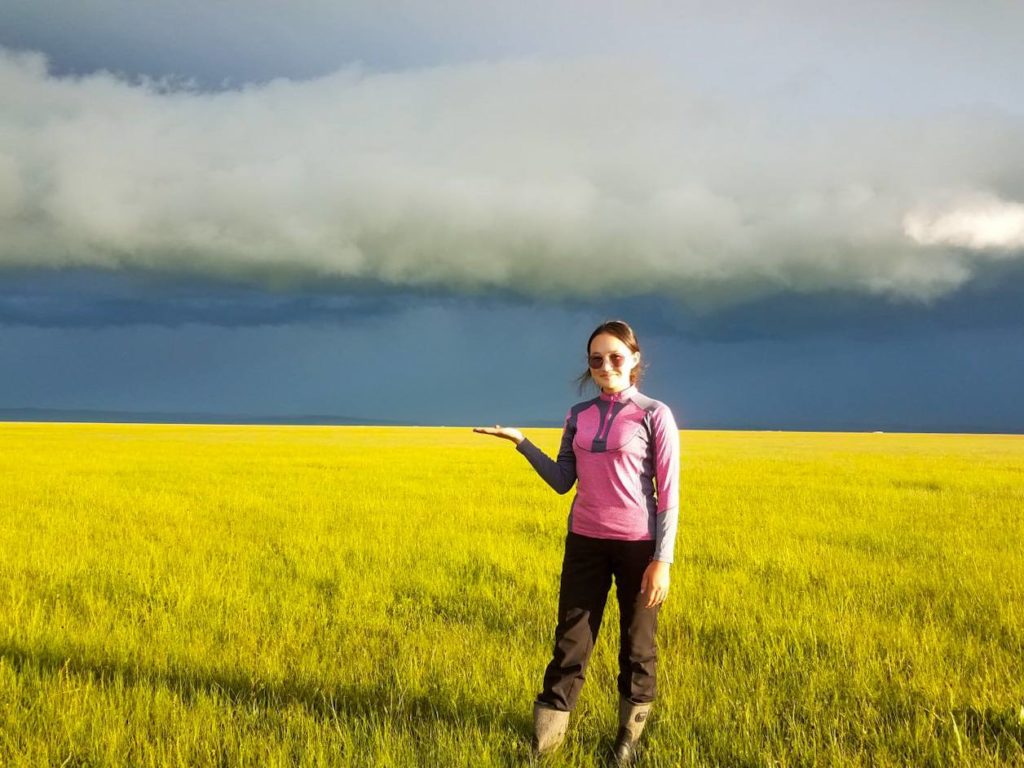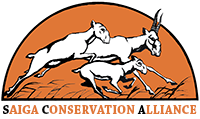Saiga Conservation Alliance are delighted to announce the first 2 of 3 Small Grants Programme Winners. Thank you to all who applied and we wish you good luck with your saiga conservation efforts.
Bringing back our Annual Awards, after a short hiatus, has been very important for the alliance. Through this award we aim to build capacity among members for more effective conservation and information-sharing.
We’re delighted to introduce our first winner and their project
Name: Bayarmaa Chuluunbat
Country: Mongolia
Institution: Wildlife Science and Conservation Center of Mongolia
Project title: Diet selection and overlap between Mongolian saiga and livestock
Project location: Great lakes basin, western Mongolia


About Bayarmaa Chuluunbat and why small grants programme is important to her:
Since I was a 14-year-old girl I have been active in conservation of endangered species such as Mongolian saiga, snow leopard, and dalmatian pelican through the eco-clubs from middle school, high school and as a University student. During my undergraduate study, I studied diet composition of Mongolian saiga, and the results were used to identify the suitable sites for Mongolian saiga reintroduction programme. Also, I have participated in following various research and conservation activities under guidance from experienced researchers and professionals.
I believe that this small grant programme will give me a valuable opportunity to further continue my studies to better understand saiga diet and its relationship with livestock, while doing so to help prepare myself as a good researcher and conservationist to protect many endangered species regionally and globally.I am honoured to be the recipient of the SCA-small grant which will help me focus on my study of critically endangered Mongolian saiga. Currently, only 14,000 Mongolian saigas share the pasture with over 2 million livestock throughout the year. Therefore, it is important to determine in detail the extent to which diet overlap occurs between livestock and the Mongolian saiga. The result would help to provide right information to locals on livestock and saiga pasture competition and to implement appropriate conservation management with the participation of conservation organisations and local communities.
